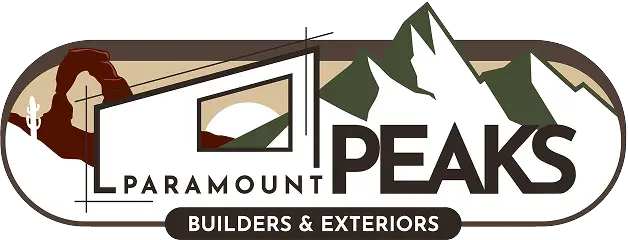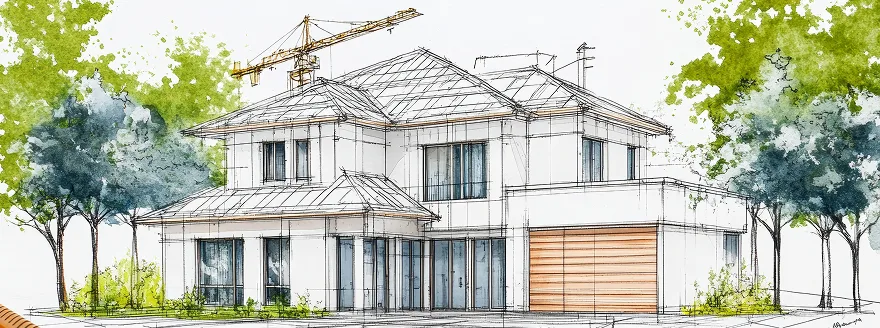Stucco siding adds timeless charm and durability to homes—but it doesn’t last forever. If you’re wondering “When should I replace my stucco?”, this guide will walk you through the warning signs, the risks of ignoring stucco damage, and how professional stucco replacement can enhance your home’s value and protection.
How Do You Know When to Replace Your Stucco?
What Is Stucco & Why Does It Need Replacing?
How Do You Know When to Replace Your Stucco?
Stucco is a cement-based exterior finish prized for its texture, resilience, and weather resistance. However, over time, environmental exposure, poor installation, or water intrusion can compromise its integrity.
Common causes of stucco failure include:
● Moisture infiltration ● Foundation shifts
● Aging materials
● Improper application
Ignoring these issues can lead to hidden structural damage and costly repairs.
Top 7 Signs Your Stucco Needs to Be Replaced
1. Large Cracks or Spider Cracks
Hairline cracks are normal, but if you spot:
● Cracks wider than 1/8”
● Web-like cracking patterns (spider cracks)
…it could indicate deep structural stress or moisture intrusion. Tip: Cracks around windows and corners are red flags—get them inspected.
2. Bulging, Warping, or Bubbling Stucco
When stucco starts pulling away from the wall or looks bloated, moisture is usually trapped underneath, leading to:
● Interior water damage
● Mold or mildew behind walls
3. Water Stains or Discoloration
Dark streaks or patches (brown, green, or black) may signal:
● Mold growth
● Leaks near windows or foundations ● Faulty flashing or drainage
4. Crumbling, Soft, or Chalky Texture
Good stucco should feel firm. If it feels brittle, crumbly, or like dry chalk, it’s a clear sign the material is breaking down—especially from water damage.
5. Interior Water Damage
Look inside your home for:
● Peeling paint
● Musty odors
● Water stains on walls or ceilings These signs often point to stucco failure allowing leaks inside.
6. White Powder (Efflorescence)
Efflorescence is a salty white residue caused by water moving through stucco and bringing minerals to the surface. This is a warning of hidden water intrusion.
7. Missing or Falling Stucco Pieces
Chunks falling off the walls indicate severe deterioration and typically mean full replacement is necessary.
What Happens During a Stucco Replacement?
1. Removal of old, damaged stucco
2. Inspection of wall sheathing and framing
3. Repair of any water-damaged or rotting materials
4. Installation of a weather barrier
5. Application of new stucco or upgraded siding (e.g. James Hardie®) Modern siding options can increase energy efficiency and reduce maintenance needs.

Benefits of Replacing Old Stucco
● Protects against water and structural damage
● Improves energy efficiency
● Boosts curb appeal and resale value
● Helps meet current building codes
● Gives your home a fresh, modern exterior
Risks of Ignoring Damaged Stucco
● Wood rot and mold growth behind the walls
● Interior leaks damaging insulation and drywall
● Increased heating and cooling costs
● Reduced home value
● Potential for major structural repairs
FAQs
How long does stucco last?
Stucco can last 50–80 years with proper care, but problems often appear after 20–30 years—especially with older or poorly installed systems.
Can I patch stucco myself?
Small cracks can be DIY patched, but any signs of moisture damage or large cracks should be handled by professionals.
What is the best replacement for stucco?
Popular stucco alternatives include:
● James Hardie® fiber cement siding
● Vinyl siding
● Engineered wood
These offer improved insulation, durability, and design flexibility.
Schedule a Free Stucco Evaluation Today
Noticing signs of stucco damage? Don’t delay, small issues can escalate fast. Contact our expert team for a free inspection and personalized replacement options.
Call now or book online to protect your home and refresh its look!


